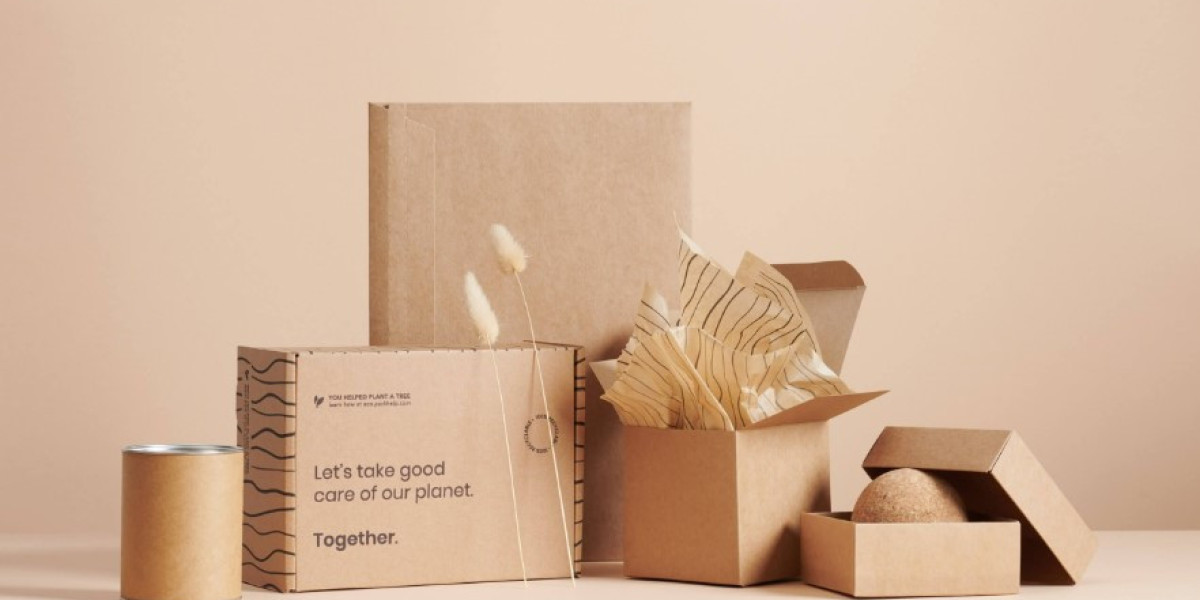Selecting the right dimensions for packaging is crucial for both efficiency and cost-effectiveness in any business. The packaging not only protects the product but also plays a significant role in logistics, branding, and customer satisfaction. In this comprehensive guide, we will explore the factors to consider when choosing packaging dimensions, ensuring your products arrive safely and your brand leaves a lasting impression.
Understanding the Importance of Packaging Dimensions
Packaging dimensions impact various aspects of your business, from shipping costs to customer experience. Properly sized packaging minimizes wasted space, reduces material costs, and ensures the product is well-protected during transit. Additionally, optimal packaging enhances your brand's presentation and can influence consumer perception.
Reducing Shipping Costs
Choosing the right packaging size can significantly lower shipping expenses. Carriers often charge based on dimensional weight (DIM weight), which considers both the size and weight of the package. By selecting dimensions that minimize unused space, you can reduce the dimensional weight and, consequently, the shipping costs.
Ensuring Product Protection
The primary function of packaging is to protect the product from damage. Proper dimensions ensure that the product fits snugly, reducing movement and the risk of damage. This is especially important for fragile or high-value items. Using the correct packaging size can help maintain the product's integrity during handling and transportation.
Enhancing Customer Experience
Well-designed packaging improves the unboxing experience for customers. Packaging that is too large can create a negative impression, suggesting wastefulness or lack of consideration. On the other hand, packaging that is too small can lead to damaged products and customer dissatisfaction. Striking the right balance with dimensions can enhance the overall customer experience and build brand loyalty.
Key Factors in Determining Packaging Dimensions
To choose the right packaging dimensions, consider the following factors:
1. Product Size and Shape
Measure the dimensions of your product accurately. Consider the product's length, width, and height, as well as any irregular shapes or protrusions. The packaging should accommodate the product comfortably, with enough space for protective materials if needed.
2. Packaging Materials
The type of material used for packaging can influence the dimensions. For example, corrugated boxes may require more space for folding and seams, while flexible packaging materials like polybags can conform more closely to the product's shape. Choose materials that offer the necessary protection while optimizing space.
3. Handling and Transportation
Consider how the package will be handled and transported. If the product requires special handling, such as refrigeration or fragile handling, the packaging dimensions should account for these needs. Additionally, think about the stacking and storage requirements during transit.
4. Regulatory Requirements
Certain products may have regulatory requirements for packaging dimensions, especially in the food, pharmaceutical, and hazardous materials industries. Ensure your packaging complies with all relevant regulations to avoid legal issues and ensure safety.
5. Branding and Presentation
Packaging is an extension of your brand. Consider how the dimensions will affect the presentation and aesthetics of the packaging. Custom packaging that fits the product well can enhance the perceived value and create a memorable unboxing experience.
Steps to Determine the Right Packaging Dimensions
Follow these steps to determine the optimal dimensions for your packaging:
1. Measure Your Product
Start by measuring your product's dimensions: length, width, and height. Include any accessories or parts that will be packaged together. If the product has an irregular shape, measure the widest and tallest points to ensure a proper fit.
2. Choose Protective Materials
Select the appropriate protective materials, such as bubble wrap, foam, or packing peanuts. Measure the thickness of these materials and add it to your product dimensions. This ensures that the product will be cushioned adequately within the packaging.
3. Calculate Dimensional Weight
Use the product and protective material dimensions to calculate the dimensional weight. Most carriers have specific formulas for this calculation. Ensure that your packaging dimensions minimize the dimensional weight to keep shipping costs low.
4. Design the Packaging
Design packaging that accommodates the product and protective materials. Consider factors like ease of assembly, sealing methods, and any branding elements that need to be included. Create a prototype to test the fit and make adjustments as necessary. Using a box template can simplify this process and ensure consistency.
5. Test the Packaging
Before finalizing the packaging design, conduct tests to ensure it meets all requirements. Test for durability, protection, and ease of handling. Collect feedback from stakeholders and make any necessary adjustments to improve the packaging.
Common Packaging Solutions and Their Dimensions
Different products require different types of packaging. Here are some common packaging solutions and guidelines for their dimensions:
1. Corrugated Boxes
Corrugated boxes are versatile and widely used for shipping. They come in various standard sizes, but custom sizes can be made to fit specific products. When choosing dimensions, ensure there is enough space for protective materials while minimizing excess space.
2. Polybags
Polybags are ideal for soft goods, apparel, and lightweight items. They conform to the shape of the product, reducing the need for excess packaging. Choose dimensions that provide a snug fit while allowing for sealing and labeling.
3. Rigid Boxes
Rigid boxes offer a premium look and are often used for luxury items. They provide excellent protection and a high-quality unboxing experience. Custom dimensions can enhance the presentation and ensure the product fits perfectly.
4. Padded Mailers
Padded mailers are suitable for small, lightweight items that require some protection. They come in various sizes and provide a cost-effective solution for shipping. Choose dimensions that provide a snug fit to prevent movement during transit.
5. Tubes
Tubes are ideal for rolled items like posters, blueprints, or artwork. They protect the contents from bending and damage. Choose the length and diameter based on the dimensions of the rolled item and any protective materials used.
Conclusion
Selecting the right dimensions for packaging is a critical aspect of product shipping and customer satisfaction. By considering factors such as product size, protective materials, handling requirements, and branding, you can design packaging that not only protects your product but also enhances your brand's image. Follow the steps outlined in this guide to determine the optimal packaging dimensions and ensure a successful delivery experience for your customers.



